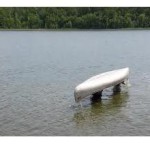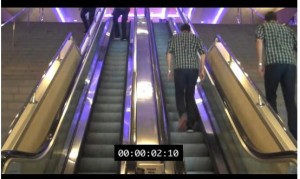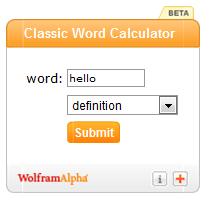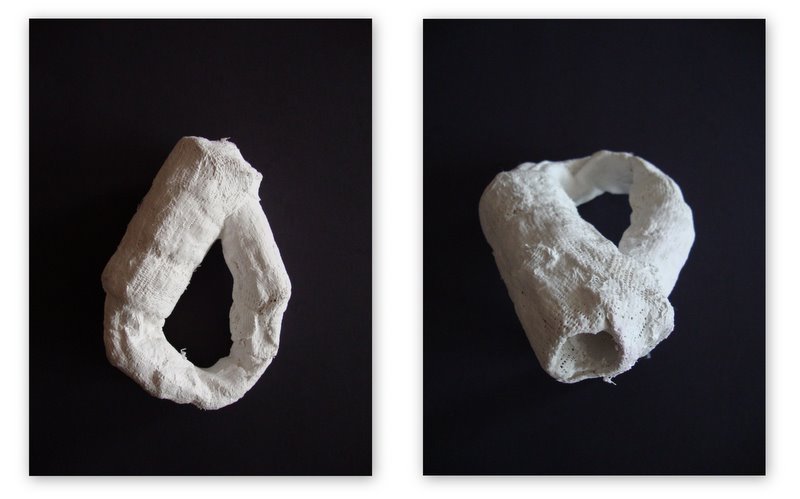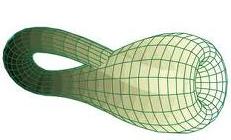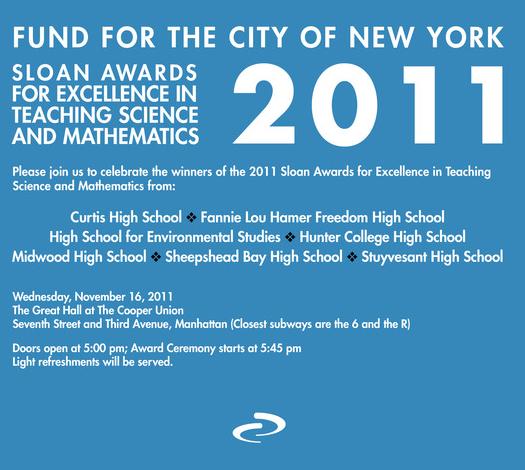 I am very proud to be a 2010 recipient of the Sloan Award for Excellence in Teaching Science and Mathematics.
I am very proud to be a 2010 recipient of the Sloan Award for Excellence in Teaching Science and Mathematics.
The awards are given out by the Fund for the City of New York, and are sponsored by the Alfred P. Sloan Foundation.
This award is particularly meaningful as selection is based on testimonials from current and former students, colleagues, and administrators. It is a true honor, and the award ceremony was an uplifting and humbling experience.
As many speakers mentioned–both invited guests and award winners–if more organizations like FCNY and the Sloan Foundation can celebrate teaching, perhaps that will change public discourse on education for the better.
A brief writeup of all the award winners can be found in today’s Cityroom Blog at the New York Times.
http://cityroom.blogs.nytimes.com/2010/11/18/sloan-awards-are-given-to-eight-teachers/
